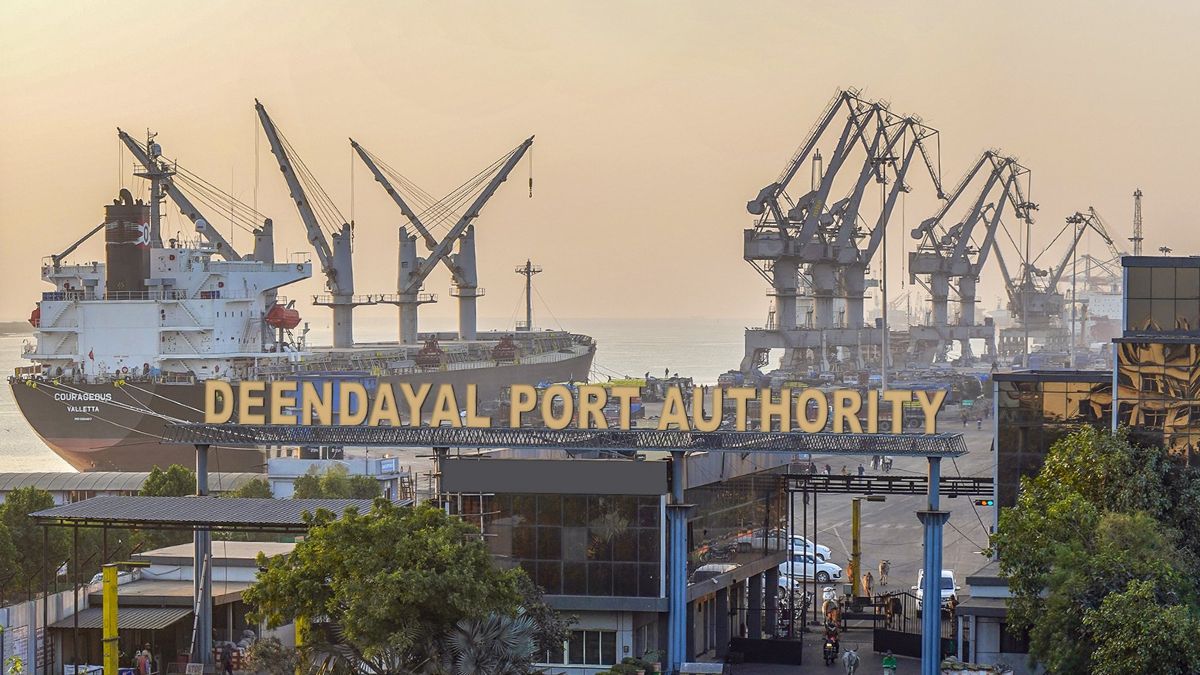Did you know that these 3 major Indian ports are also Green Hydrogen hubs?
 Deendayal port in Gujarat | X/@sarbanandsonwal
Deendayal port in Gujarat | X/@sarbanandsonwal
India’s coastline is not only developing under the Sonowal leadership but also slowly edging towards a clean energy revolution. Ports are usually seen as energy hogs, but three major ones in India are on their way to change, according to the latest announcement by the Union Ministry of New and Renewable Energy (MNRE).
The major ports of Deendayal in Gujarat, V.O. Chidambaranar in Tamil Nadu, and Paradip in Odisha have been officially recognised as Green Hydrogen Hubs under the National Green Hydrogen Mission.
What are Green Hydrogen hubs?
According to the MNRE, these ports are dismissing the costly and complex process of moving hydrogen across long distances and, instead, bringing the production close to where it’s needed.
The three ports are now designated zones where green hydrogen projects can take root, scale, and tap into a network of incentives from both central and state governments.
To achieve this, infrastructure for the same will be built around these port hubs. These would also attract private investment and fast-track innovation in clean fuel technologies.
Union Minister of Ports, Shipping & Waterways Sarbananda Sonowal called it a “defining moment” in India’s maritime journey.
“India’s ports will not only empower their own country but also leverage their strategic positions along the eastern and western trade routes to drive the region towards sustainable logistics,” Sonowal added.
ALSO READ | India’s big shipbuilding bet is a timely stroke of genius: Here is why
The Union Minister also highlighted that this move was a part of “building an ecosystem of sustainable development that will power India towards realising the vision of becoming net zero by 2070.”
The importance of the three ports
Deendayal port is on the west coast of India and is already a major gateway for trade. V.O. Chidambaranar port (formerly Tuticorin port) is one of the key southern hubs with strong industrial linkages.
Paradip port, on the east coast, handles heavy cargo and has the space and connectivity to support large-scale energy projects. New projects in Odisha and Andhra Pradesh add to Paradip’s capabilities.
Projects within these zones can now access benefits under other government schemes, making it easier to secure financing and approvals.
As Hydrogen hubs, development in the three ports is in line with the latest revised guidelines for Hydrogen Valley Innovation Clusters, issued in June 2025. These introduced a cluster-based model, with close integration and infrastructure sharing.
Maritime